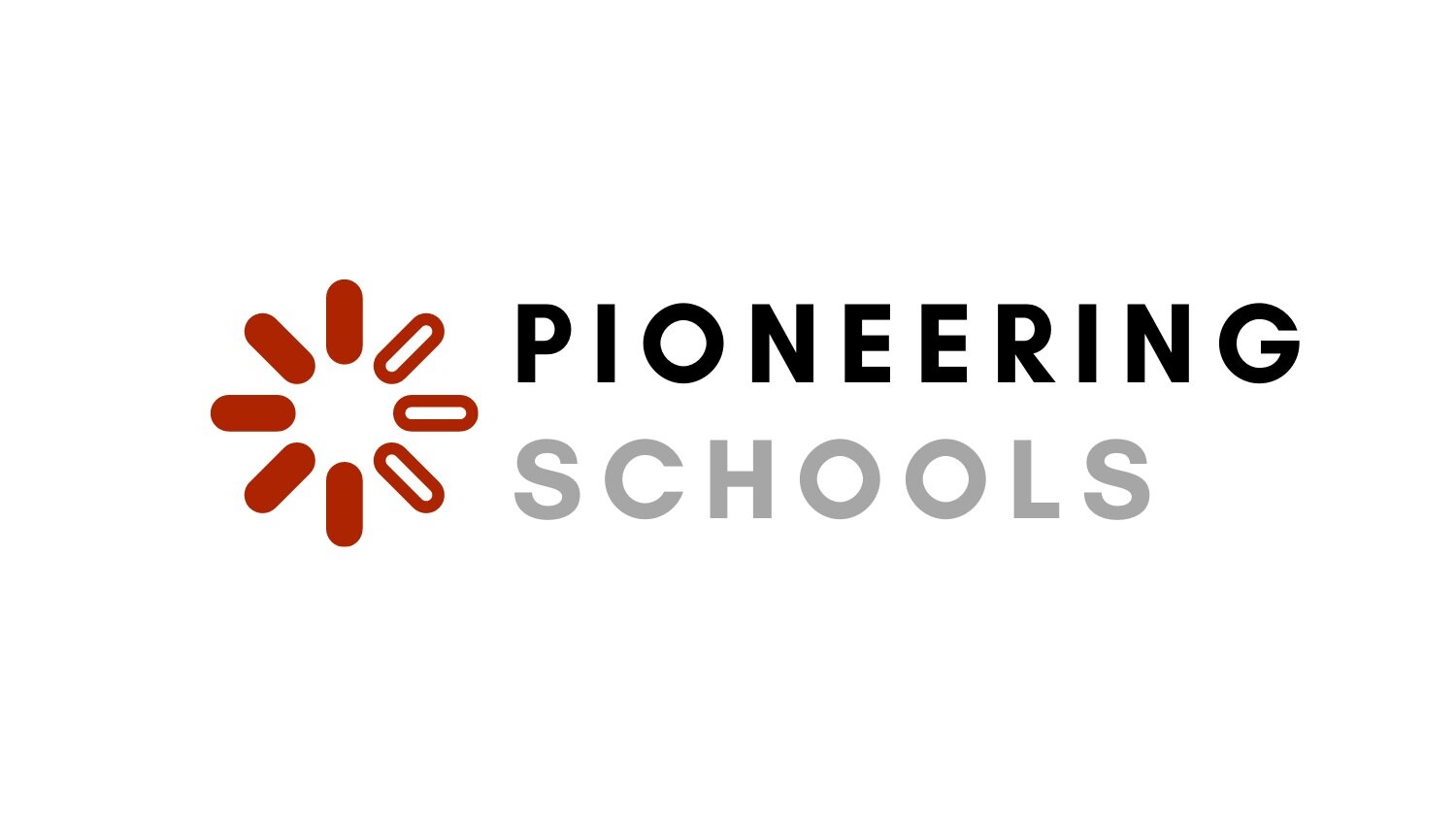Prakash Nair
Prakash Nair is a futurist, a pioneer and a visionary architect. The Founding President & CEO of Education Design International (EDI) has advised and designed innovative learning spaces, projects and schools in 52 countries on 6 continents.
Prakash, you worked with schools around the world, including with pioneering schools such as SAS Singapore, ISD Düsseldorf or ISB Brussels. What are the challenges for designing cutting-edge learning spaces?
Often we look at education and school buildings separately. On one hand, we all want a 21st-century education for our children, on the other hand, we sort them by age and put them into classrooms with fixed schedules and teachers. How do you personalize learning under these conditions? The physical framework we often put teachers and students in doesn’t allow for ambitious future-ready learning. It begins with the buildings because the physical presence of buildings will facilitate or hinder new forms of teaching and learning.
How can this be changed?
If we want to change the education paradigm we have to change four things. We need to change the way the students are organised, don’t sort them according to age but by ability. We need to change the way teachers are organised, so they can work as a team. We need to change how space is organised in order to allow for multiple figurations, for one on one or group teaching. Lastly, we need to change the learning schedules which should be flexible and not divide learning into periods of 45 minutes. Learning is going on all the time. The whole framework has to be disrupted. We have to create environments in which disruption in education can work. The education establishment will need to understand quickly that what they offer is just one of many avenues education can be provided to learners. There are already options, and even more so in the future, to educate yourself. Alternative education formats popping up everywhere. Schools will not cease to exist but they are no longer the only way of getting an education that allows you access to the job market or live a happy life. Imagine a way of integrating children more in the way our societies work, by not putting them away in schools, away from the realities of life?
You worked on Innovation Hubs and Pathfinder spaces, what’s your approach when designing inspiring environments for learning?
Our approach is not primarily through the lens of architecture. Firstly, we are looking at questions like, how can we deliver a different education model by adapting the existing space? We can not always build something completely new, so we developed the idea of pathfinder, a holistic change to existing spaces. Technology is mobile, so spaces have to be less static but open, flexible and dynamic to allow work done by students not teachers and interdisciplinary work, for both groups and individual students. We look at corridors that might be transformed into learning spaces. We look at how to connect floors and levels. Learning is not just happening when someone is actively teaching. Learning happens because the learner has taken the initiative to find something out or is curious about something. Teaching is not any longer the primary medium for learning. In the past, schools were built for teachers to lecture in front of the class in very traditional ways. Spaces should allow for learning to happen and allow exploration and inquiry. We don’t have all the answers. We need to trigger new ways of thinking, new ways of doing things. Space is just the form; creativity, curiosity and exploration have to take over.
Learn more about Education Design International


